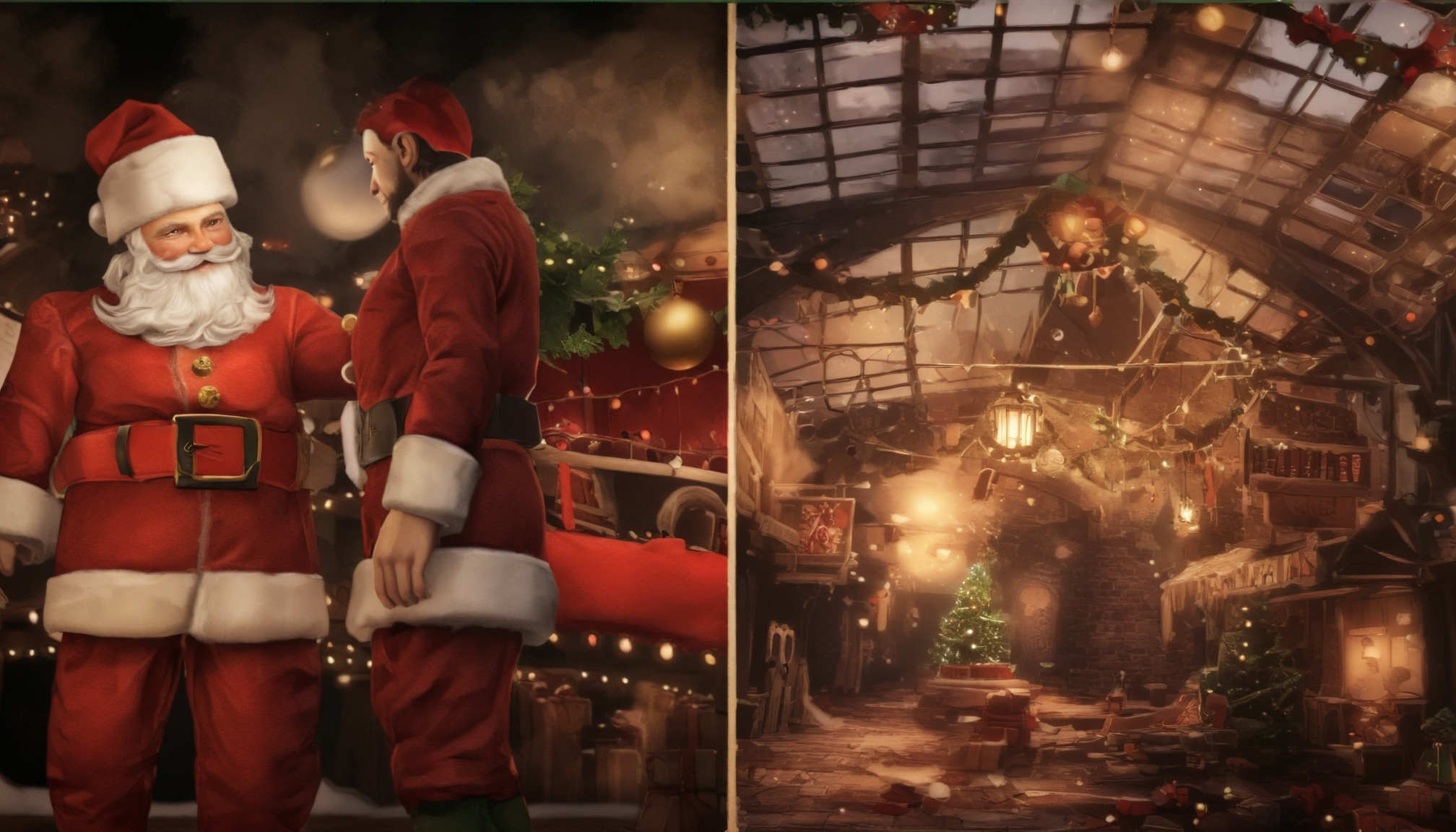When you talk about RPGs, they are divided into two parts. Japanese role-playing games (JRPG) and Western role-playing games (WRPG), But the place of development of the game does not specify the type. JRPGs can be created in the West and vice versa; similarly, it is still possible to order Italian food outside Italy.

So if a place can’t distinguish between these two, what can it do? When you look closely at JRPG and WRPG games, it becomes clear that they are very different. JRPGs and WRPGs are both distinct genres. But how exactly do they differ?
What is an RPG?
To determine the difference between JRPG and WRPG games, we must ask ourselves, “What are RPGs in general? There are many things about an RPG, but the short version is that an RPG is an RPG—a game where you play as a character.
They usually involve leveling your character by earning experience points (XP) and completing main and side quests. There are many other RPG terms that every gamer should know. So if both JRPGs and WRPGs incorporate the same aspects into their clones, why aren’t they all called RPGs?
JRPGs and WRPGs tell their stories differently.
The most apparent difference between JRPGs and WRPGs is how they tell the story. JRPGs say to the story of a specific character. The story of the protagonist is predetermined. You only play it as you progress through the game.

On the other hand, in WRPGs, you usually have more freedom to create your own story. They often have many more customization options regarding your character’s name, appearance, class, and even dialogue options.
In a narrative sense, JRPGs invite you to play a ready-made story, while WRPGs invite you to write a custom story that works for you.
JRPGs usually have several groups.
Since JRPGs usually have a more in-depth narrative, they often have more characters. The characters are introduced, and their relationships are meticulously explored, almost like a novel. In a video game format, this translates into characters joining your party.

Rowing a party in a video game means you will have one or more non-playable characters (NPCs) join your party during your adventure. They usually help you in battle and are essential to the story.
Since you often create your adventure in a WRPG, you’ll likely be isolated in combat for most of your gameplay. This is because there is often no guarantee of how a player’s adventure will play out.
Think of Skyrim, for example. There are hundreds of NPCs in the world of Skyrim. Each player decides where and when he wants to go. You might only interact with some NPC. Creating a story that intertwines with your combat story for each NPC is impractical in a WRPG.
Combat is often structured differently in JRPGs and WRPGs.
JRPGs and WRPGs can differ in how they tell their stories and how you interpret them. Fighting is usually an excellent way to tell them apart. JRPGs are often more whimsical and fantasy-oriented when it comes to their narrative. This is reflected in the fight.
JRPGs usually use a turn-based combat system. You are given a set of spells or moves to choose from and have indefinite time to decide what you want to do on your turn. Think Pokemon Battles, for example. Decide which move you want to make on your turn, wait for your opponent to make a move in response to yours, and so on. This can take much pressure off the fight and allow you to make well-calculated, tactical moves.

WRPG games usually use a real-time battle system. This adds to the sense of realism in your adventure as the battle unfolds right before your eyes. You have much less time to decide how you want the fight to end. Split-second decisions will be forced upon you in this type of combat, and the outcome usually depends more on your fighting instincts than tactical problem-solving.
JRPG and WRPG games usually contain different art styles.
The distinction between fantasy and realism is also present in the artistic styles of the two genres. JRPGs often have a cartoon-like art style. Manga and anime are essential parts of Japanese culture, and games based on those stories are often expressed similarly.

WRPGs are usually more gritty and realistic in terms of art style. It tends to be darker and more practical. You are the character of the WRPG. Realism helps you immerse yourself in the experience and become one with your alter ego.
JRPGs and WRPGs are defined by more than just territory.
JRPG and WRPG originally got their names because they were invented independently in the region of the same name. They had similarities but were clearly different, meaning they couldn’t fit into the same category. Instead, they are marked by region.
However, this is no longer the case, and games with a JRPG framework can still be produced in the West and vice versa. The area is no longer a defining feature of JRPG and WRPG games. They truly deserve to be recognized for what they are: two completely different types.



